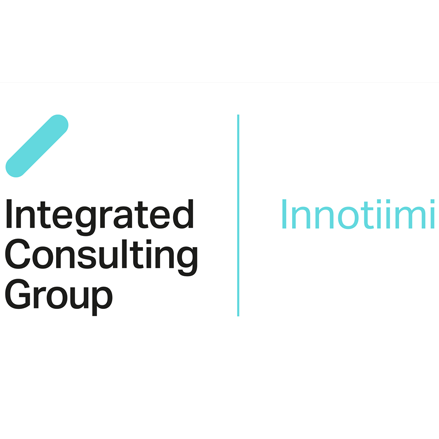
Bridging the Gap: The Challenge of Strategy Implementation
In the fast-paced world of business, creating a sound and effective strategy is crucial for success. This task often falls into the capable hands of the big five consulting companies, renowned for their ability to craft well-thought-out strategies with tremendous effort and cost. However, a significant challenge remains after the strategy is formulated – implementation.
The gap between strategizing and executing is where many companies falter, leading to missed opportunities and unrealized potential. In this article, we explore the critical aspects of strategy implementation, emphasizing the need for active participation to create understanding, acceptance and commitment from all key stakeholders.
Encouraging Active Participation
The first step in successful strategy implementation is ensuring that everyone in the organization feels involved and invested in the process. This can be achieved by allowing employees at all levels to participate in well facilitated strategy enhancement forums. By doing so, they gain a sense of ownership and a clear understanding of how the strategy impacts the company as a whole and their individual roles.
It is an imperative that managers and teams can influence to how the strategy is implemented in their work. Active participation fosters a culture of transparency and inclusivity, which is crucial for making the necessary change in daily work happen .
Fostering Understanding for Acceptance
Understanding is the foundation upon which commitment is built. Employees should comprehend how the new strategy affects not only the organization but also their day-to-day work, business operations, emotional well-being, and social dynamics.
Leadership must communicate the strategy actively, breaking it down into actionable steps and providing the necessary resources and training.
When employees see the direct connection between their efforts and the broader strategic goals, they are more likely to embrace and accept the required change in their daily work.
Securing Commitment
Implementing a strategy successfully requires more than just understanding; it demands commitment. It is unrealistic to expect full commitment, despite participative process, if the leaders don’t set an example. Executives and line managers must express their commitment by “talking the talk” and “walking the walk”, which means they adapt and change their ways as well. Their unwavering dedication inspires the same commitment in others.
Moreover, supporting the communication with inspiring stories, establishing clear performance metrics and recognizing and rewarding those who contribute to the strategy’s success, further enhance commitment to change.
Conclusion
The world is full of companies with great strategies that remain unimplemented. In a competitive business environment, strategy implementation is the key differentiatior between industry leaders and laggards. While major consulting firms excel in devising effective strategies, the duty of carrying them through to success lies with the management.
By organizing active participation, promoting understanding that creates acceptance, and thus securing commitment, companies can bridge the gap between strategy formulation and execution.
In the pursuit of bridging this gap, ICG Innotiimi stands as an expert in change management and offers a participative approach to strategy implementation. We offer the guidance and support necessary to ensure that the investments made in strategy development are not squandered. After all, the true value of a strategy only emerges through its effective implementation.
Don’t just create great strategies – implement them with confidence and expertise, and secure a future filled with growth and success.
Contact Juhani to talk more about this.




